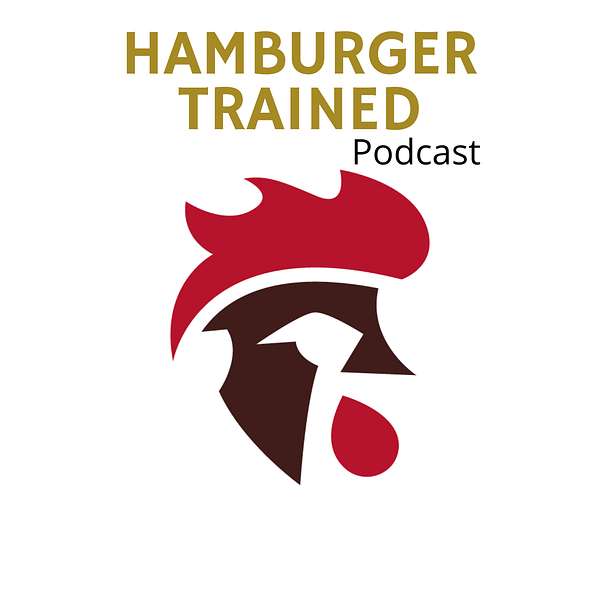
HamburgerTrained Podcast
HamburgerTrained Podcast
Episode 6 - Questions from Facebook - Lifting and Competing as We Ago | Protein Requirements | Does V02 MAX Matter for Powerlifting?
Concise rundown of everything covered:
Benching and Injury Prevention
- For non-enhanced men in their 50s, benching twice a week without injuring their rotator cuffs requires direct rotator work, periodic evaluations of internal/external rotation, and consideration of minimal effective volume.
- To preserve strength and mitigate injury, it's recommended to focus on total weekly volume rather than frequency, and consider adding upper body aerobic work and supplements like CoQ10, glycine, and N-acetyl cystine.
- Tapering for a meet involves reducing training volume by 30-70%, maintaining high intensity (80-90%), and stopping training 2-7 days before the meet, with individualized approaches based on experience and goals.
- The author emphasizes the importance of high-intensity training, grip strength, and conditioning for individuals over 60, as well as the benefits of creatine and increased protein intake for preserving muscle.
Training Methods
- The author discusses two types of training methods: high-volume with conservative intensity and high-intensity with fewer working sets, but believes that intensity should be high year-round, with volume and specificity fluctuating based on the lifter's goals.
Cardio and Strength Training
- The author praises the novice lifter's critical thinking and curiosity about the relationship between cardio and strength training, and explains that while a higher VO2 max does not automatically equate to greater exercise performance, dedicated aerobic training can improve recovery, mitigate the risks of atherosclerosis, and contribute to overall health and well-being, with examples citing Lance Armstrong, Eddie Merckx, and Oskar Svendsen.
- If a strength athlete experiences a negative impact on their strength from 10-20 minutes of zone 2 cardio, it may be a cardiovascular health issue rather than a problem with the cardio modality itself.
Conjugate Training
- Conjugate training can be tailored to fit anyone, including older people post-surgery, by emphasizing GPP (General Physical Preparedness) until range of motion increases and pain decreases.
Building Strength and Muscle Mass
- To build strength, it's essential to increase muscle mass, which can take at least 10 years for a powerlifter starting in their late teens or mid-20s, with significant gains in the first year and progressively slower progress thereafter.
Deadlift Progress
- Common limiting factors for deadlift progress include grip strength, improper bracing, and a poor start position, which can be addressed through targeted training and practice.
Aging and Strength Gains
- As athletes age, factors like diet, sleep, stress mitigation, and consistent training become more crucial for continued strength gains, and reframing one's approach to training can help maintain motivation and progress.
Check out my website for training updates, published articles, and a whole slew of other weird shit:
www.hedlesky.com